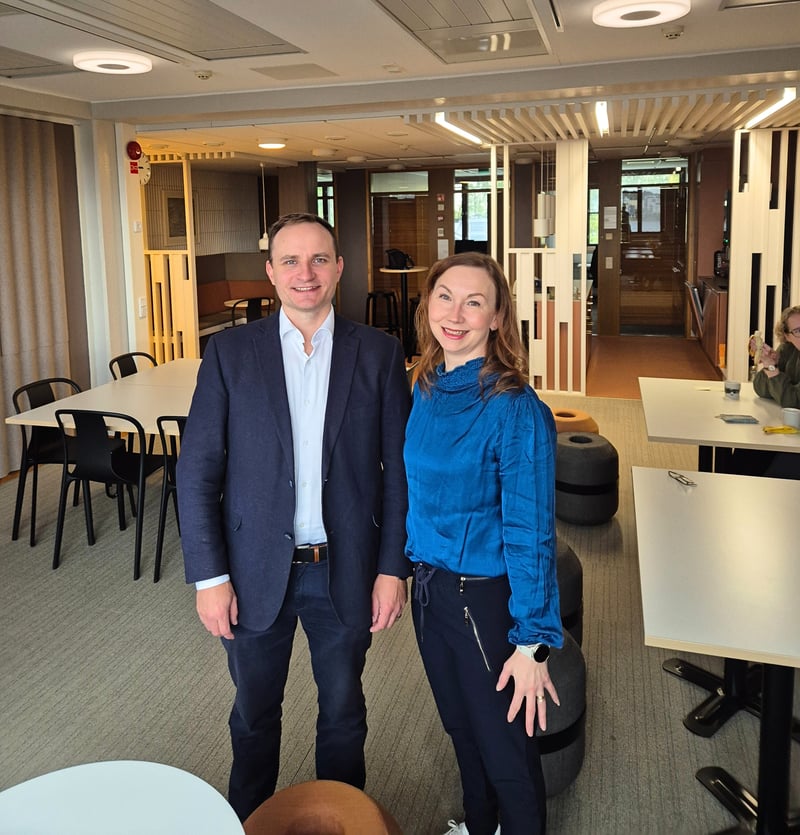Health and wellbeing companies create new business, jobs and greatly improve the lives of people benefitting society in the process. Conventional accountability metrics don’t tend to focus on these benefits though. The Upright Project is carrying out a net impact analysis for the HHub ecosystem, which analyses both the resources used by companies in the ecosystem and their positive effects on the world.
In health and exercise ecosystems, traditional metrics do not necessarily cover the value creation that a community produces.
– One of HHub’s goals is to evaluate and develop the long-term ability of companies in the ecosystem to assess the impact of their own operations. We are currently building metrics and looking for suitable tools to assess impact, explains Nina Rautiainen, Project Manager at Business Jyväskylä.
– Upright brings methods, data and a situational snapshot to the table. Without data, you cannot be certain whether companies generate growth sustainably and how responsible your company’s business is compared to others. With Upright, we can see what responsible growth will look like with us, Rautiainen says.
25 companies from HHub have been selected to carry out the net impact analysis, part of which operate in Jyväskylä and the rest elsewhere in Finland. A similar impact assessment is also being carried out in the industry renewal ecosystem, and 25 companies are also involved.
The net impact analysis takes positive effects into account
Companies today are actively paying attention to their own responsibility.
Toni Laitila, Chief Operating Officer of Upright Project, points out that net impact analysis measures different things than conventional corporate responsibility reporting.
– Traditionally, investors have looked at a company’s ESG (environmental, social, governance) data. These analyses usually focus on how the company does things. We, in turn, study what a company does and the kind of impact it has on the world as a whole. We analyse the pros and cons of our core business throughout the value chain. In this way, we also consider the impact of customer work, he compares.
The aim of net impact analysis is therefore to shed light on the overall impact business ecosystems have on society and the world.
Regardless of the focus or industry of the ecosystems, modeling is always done for four dimensions and 19 categories. The indicators include new jobs, tax revenue and carbon footprint.
– Once completed, the report done for HHub will be comparable to any other analysis we have performed. There certainly are differences between ecosystems in the use of resources and positive effects, Laitila reflects.
Measuring impact gives HHub a competitive advantage
Typically, the greatest benefit of a net impact analysis arises from the fact that the ecosystem can position itself as an even more attractive target in international and domestic markets.
– In ecosystems, the main point is to bring together a cluster of skills; be it the best experts in the industry wanting to work in the most interesting jobs, new companies or investments. The net impact analysis makes the opportunities and impacts of the clusters transparent, Laitila says.
– When you understand the entirety of the ecosystem’s relationships, you know what to focus on to invigorate the ecosystem. For HHub, the results of the analysis will certainly have value in strategic communications and international positioning. In addition, our analysis provides concrete, quantitative data to support the story of why there is an ecosystem in the first place.
Individual companies can also increasingly make use of net impact analysis in their internal and external communications.
– We have invested in reporting, which means that it is even easier to communicate conclusions and various themes to stakeholders and for example utilize them in recruitment, Laitila promises.



